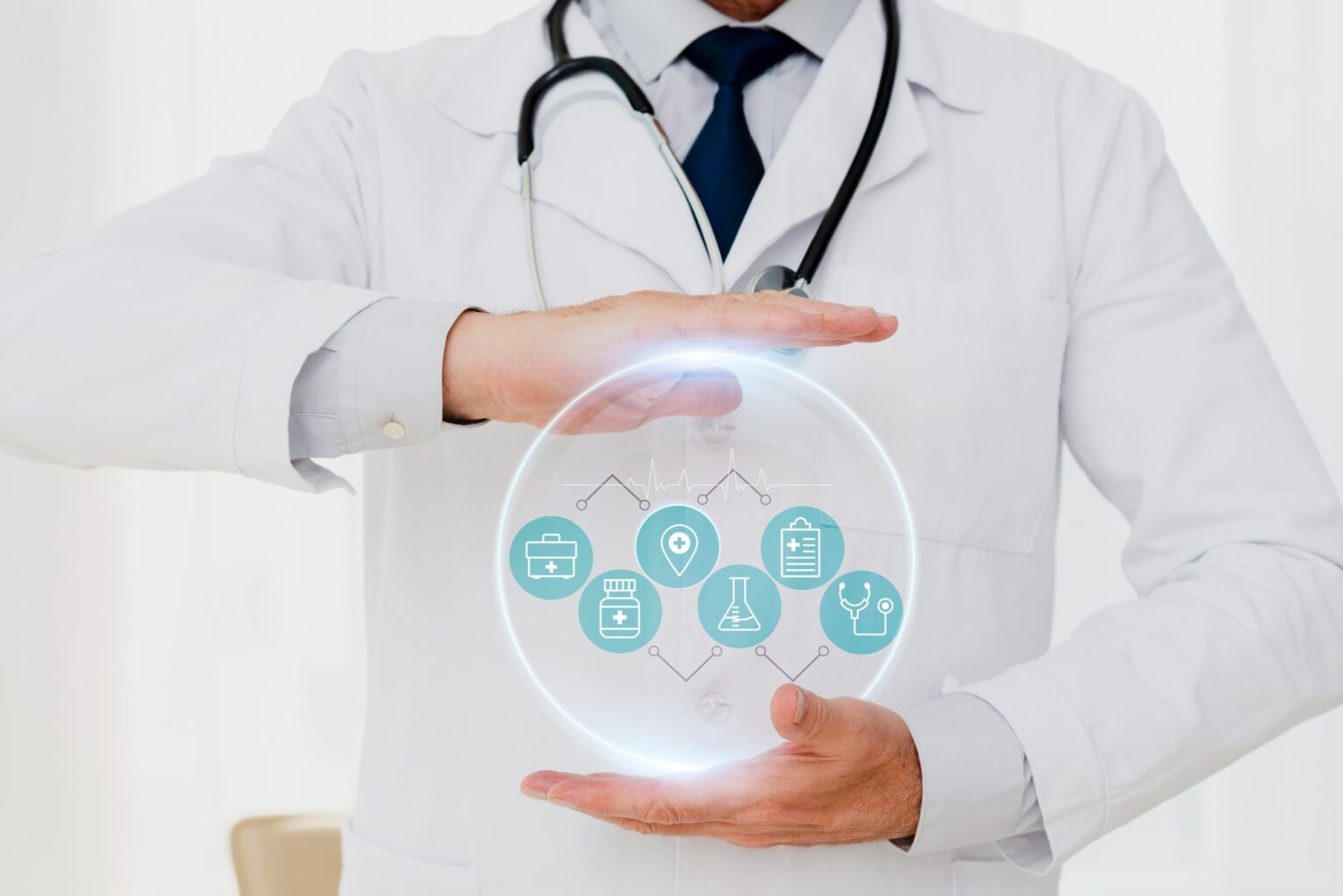IoT (Internet of Things) is playing a significant role in transforming the healthcare industry by enabling enhanced patient monitoring and remote care. The integration of IoT devices and sensors with healthcare systems allows for real-time data collection, analysis, and communication, leading to improved patient outcomes and increased efficiency in healthcare delivery. Here are some ways IoT is enhancing patient monitoring and remote care in healthcare:
Remote Patient Monitoring: IoT devices, such as wearables and medical sensors, enable continuous monitoring of patients’ vital signs, including heart rate, blood pressure, temperature, and blood glucose levels. This real-time data is transmitted to healthcare providers, allowing them to remotely monitor patients’ health conditions and intervene if necessary. Remote patient monitoring reduces the need for frequent hospital visits, enables early detection of health issues, and supports proactive interventions.
Chronic Disease Management: IoT devices and mobile apps enable patients with chronic conditions to monitor their health at home and share relevant data with healthcare providers. For example, patients with diabetes can use connected glucose meters to track their blood sugar levels, which can be automatically transmitted to healthcare providers for remote monitoring and timely adjustments to treatment plans. This approach empowers patients to manage their conditions effectively and enhances communication and collaboration between patients and healthcare teams.
Telemedicine and Virtual Consultations: IoT facilitates telemedicine and virtual consultations, allowing patients to connect with healthcare providers remotely. Through video conferencing platforms and IoT-enabled medical devices, healthcare professionals can remotely examine patients, discuss symptoms, provide medical advice, and prescribe medication. This improves access to healthcare, especially for patients in remote areas or with limited mobility, and reduces the burden on healthcare facilities.
Medication Adherence: IoT-enabled devices and smart packaging help improve medication adherence by reminding patients to take their medication on time. Smart pill dispensers can track medication usage, send reminders, and alert healthcare providers or family members if doses are missed. These IoT solutions reduce medication errors and promote adherence to prescribed treatment regimens, ultimately leading to better patient outcomes.
Emergency Response and Fall Detection: IoT devices, such as personal emergency response systems and fall detection sensors, provide immediate assistance in case of emergencies. These devices can automatically detect falls, abnormal activity patterns, or changes in vital signs and send alerts to healthcare providers or designated caregivers. Rapid response and early intervention are crucial in emergency situations, and IoT-enabled solutions enhance patient safety and peace of mind.
Remote Rehabilitation and Physical Therapy: IoT devices and wearable sensors enable remote rehabilitation and physical therapy sessions. Patients can perform exercises at home while connected to IoT-enabled devices that track their movements and provide real-time feedback. Healthcare providers can monitor patients’ progress, make adjustments to therapy plans, and provide guidance remotely. This approach enhances patient convenience, reduces the need for in-person visits, and facilitates continuity of care.
Health and Wellness Tracking: IoT devices and wearables are widely used for personal health and wellness tracking. These devices monitor physical activity, sleep patterns, and other health-related metrics. The collected data can be analyzed to provide insights into patients’ overall well-being and encourage healthy lifestyle choices. Healthcare providers can leverage this data to offer personalized recommendations and interventions for disease prevention and health promotion.
IoT in healthcare has the potential to revolutionize patient monitoring and remote care, improving access to healthcare services, enhancing patient outcomes, and reducing healthcare costs. However, it is essential to ensure data security, privacy, and interoperability standards to maintain patient confidentiality and enable seamless integration of IoT devices with healthcare systems.



